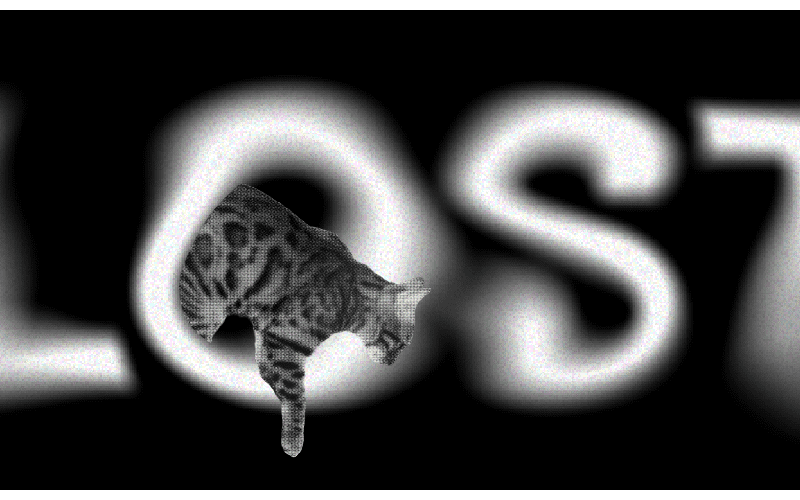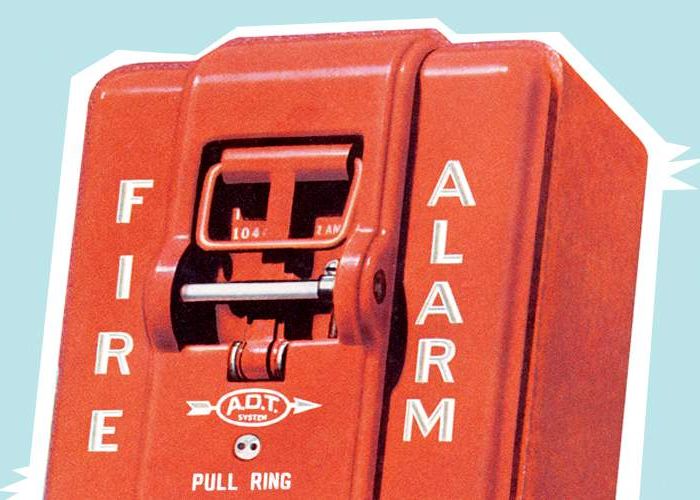

Identifying Lost Veterinary Clients: How to Recognize, Reengage, and Prevent Client Loss
Many veterinary practices recognize the necessity of client retention, yet fail to notice the subtle warning signs as once-loyal clients slip away. Identifying lost clients, ideally before they check out for good, can help your team take appropriate action and build a bridge to continued care, stronger loyalty, and better revenue.
There are many reasons why clients leave or lapse in compliance. Below, we'll identify some key factors that lead to client loss, offering strategies for prevention and reengagement to support client health and practice sustainability.
Understanding Why Clients Leave
Lost clients don't drift away on their own. Understanding common motivators behind client loss helps your team recognize when pet owners are pulling away and respond accordingly. Some common considerations include:
-
Price sensitivity: Cost-conscious clients may be hesitant to express their concerns verbally. Instead, they may postpone their pet's care or seek an affordable alternative.
-
Poor communication: A lack of communication and general misunderstandings between pet owners and veterinarians can damage trust and make clients feel unvalued. It can also leave clients confused about how to prepare for appointments, why certain diagnostic tests are necessary, and what is happening with their pet's health.
-
Perceived value: Clients who don't see the value in veterinary services or recommendations may be less likely to return for continued care.
-
Unmet expectations: When a client's beliefs about their pet's needs don't align with the veterinary experience or recommended care, pet parents may feel confused, frustrated, or guilty, leading them to avoid routine care.
-
Low perceived relevance: Clients may not understand the importance of preventive and wellness care, and skip visits when their pet is young and seemingly healthy.

Recognizing the Warning Signs
Identifying potential lost clients while they're still in the picture requires close attention to pet parent behavior.
While it's important to assume good intent for one or two care lapses, repeat instances or growing detachment can indicate the client's impending departure. Potential warning signs of a lost client include:
-
Skipping annual or bi-annual exams
-
Delayed or missed follow-up visits or services
-
Reduced responsiveness
-
Increased cost comparison
-
Less engagement during visits
-
Declining previously approved add-ons (e.g., routine dental cleanings, wellness diagnostics).
To improve veterinary client retention, start by analyzing key metrics that measure the success of new initiatives, such as marketing and retention strategies. Use your PIMS to pull reports and look for trends in the following areas:
- Client return rate
- Average client lifespan
- Referral rate
- No-show and cancellation rate
- Loyalty or wellness plan participation
Your practice management software should simplify the process of pulling reports and spotting patterns. If you find your current system's reporting features clunky, consider switching to a more user-friendly cloud-based system.
Strategies for Reconnection
One way to reconnect with lost clients is to rebuild relationships on a foundation of personalized and timely communication. Client communication software simplifies the effort by enabling you to meet clients where they are. Reconnect with customized messages that motivate specific actions, providing a truly individualized approach to care.
Replace Generic Communication with Targeted Messaging
Your practice's appointment reminders should not only inform clients about upcoming care but also demonstrate an understanding of each pet's individual needs. Enhance generic messages with communication that addresses clients or pets by name and contains targeted, relevant content, including species or life-stage-specific information. Messages delivered in a timely and modern manner, via email or text, add authenticity to your message and help build—or rebuild—trust. They also keep clients on track and informed about what's required for appointments and why it's important.
Set Up Automated Messages
Modern veterinary communication software makes it easy to send automated messages to clients. Use your client communication software to automate a sequence of follow-up check-ins after services have lapsed. Regularly sending kind, encouraging messages that convey "we miss you" while gently emphasizing the importance of overdue services can help ease any guilt they may feel and build a stronger sense of trust.
Raise Awareness with Wellness Campaigns
Thoughtful marketing helps clients understand that wellness care isn't routine—it's essential. Use integrated client communication software to reconnect with lost clients through targeted messages and materials that explain the real value of preventive care and address specific audiences (e.g., new pet owners, cat caregivers).
Effective campaigns don't just educate, they engage. Consider sharing anonymized case studies that highlight how routine exams uncovered hidden issues, or offer interactive tools such as checklists, how-to guides, and cost-savings infographics that initiate conversation and prompt action.
Preventing Client Loss
Strong client retention depends on more than high-quality care. Clients must also feel a sense of connection and belonging to the practice. This sense of familiarity fosters trust and strengthens the client bond with each positive interaction, including effective communication.
-
Keep the conversation flowing. Ensure clients hear from your practice more than once or twice a year. Regular communication maintains trust and keeps care top of mind between visits.
-
Provide modern communication options. Improve responsiveness and engagement with email, text, and two-way messaging channels. When it's easy for clients to reach you with questions, photos, and videos, they are more likely to reach out with big and small concerns.
-
Be consistent with follow-up. Timely messaging demonstrates care and attentiveness. Automate follow-up communications for common scenarios such as sick pet visits, missed visits, and declined services.
-
Solicit feedback. Set up automated review requests and use that feedback to guide team training, demonstrating to clients that you value their opinions and experiences.
From Lost to Found: Strengthening Client Bonds
Understanding and identifying lost clients involves more than tracking missed appointments or unanswered reminders. It's about recognizing behavioral shifts, accepting feedback, and evolving your practice's approach. With a thoughtful, relationship-centered approach to client engagement, veterinary teams can simultaneously support pet and practice health. Don't let lost clients stay away—give them a reason to return. Sometimes all it takes is a reminder that you care.







